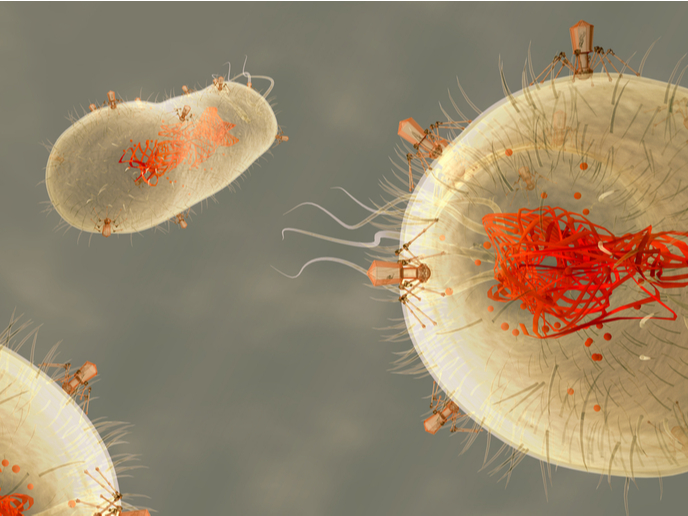A brain–computer interface to treat neurological diseases
The brain is a remarkably complex network that has evolved to process real-world inputs through electrical events and self-reorganising connections. When these networks malfunction, this can lead to neurological diseases such as Parkinson’s and dementia. In the EU-funded SYNCH(opens in new window) project, scientists have developed a state-of-the-art brain–computer interface, merging an artificial network on a silicon chip into a biological network in a rat brain. The idea is to one day use such a system to send messages across damaged neural networks in the human brain. “Our vision is that one day artificial neurons will replace damaged ones in the brain and recover function by receiving and sending signals to those that remained undamaged, however, there is a long way to go,” says Stefano Vassanelli(opens in new window), associate professor of Physiology at the University of Padua(opens in new window).
An innovative idea born in a lab
During a previous EU-funded project, Vassanelli and colleagues discovered they could make brain neurons in culture on a dish and artificial neurons on a chip exchange signals in a similar way to neurons in the brain. “So, why not try to let artificial and biological neurons communicate in the same way in the real brain? That was the start of SYNCH,” Vassanelli explains. The new device is implanted inside the animal brain and can be controlled from the outside. Yet the team believes brain-inspired artificial intelligence will make such implants more efficient and autonomous, and more capable of recovering function in the brain. Through the SYNCH project, the researchers successfully demonstrated the proof of concept of the technology in a rat brain. Artificial neurons, they observed, could understand if tactile stimuli were provided to the animal, or came from other neurons in deep brain structures – if these sensory stimuli were associated with an internal reward and learning. Vice versa, they showed that the artificial neurons can control brain neurons to some extent.
Talking to a rat brain over the internet
Installing an artificial brain in a rat would come with a series of challenges under any circumstances. But the COVID-19 pandemic brought its own difficulties: namely that all parts of the brain interface were stuck in several different countries. The team nevertheless managed to find a way. “By sending signals through the internet, we could create a brain–artificial neurons hybrid that was distributed across Europe,” adds Vassanelli. “Communication was not optimal because of internet delays, but it was very helpful for developing the technology.” The most fundamental challenge was to provide evidence that artificial neurons can distinguish different information content in the activity of brain neurons and send appropriate signals to tune their activity in a controlled manner. “This required a big effort, in terms of both development of theoretical algorithms governing the artificial neuronal network and of communication engineering to record and convey signals in real time,” says Vassanelli.
Toward a human brain–computer interface
The team is now aiming to make the technology implantable in the human brain, in terms of portability, biocompatibility and safety of usage. “We need to demonstrate the effectiveness and safety of the device in an animal model of pathology such as Parkinson’s, and then demonstrate it in patients,” concludes Vassanelli.







